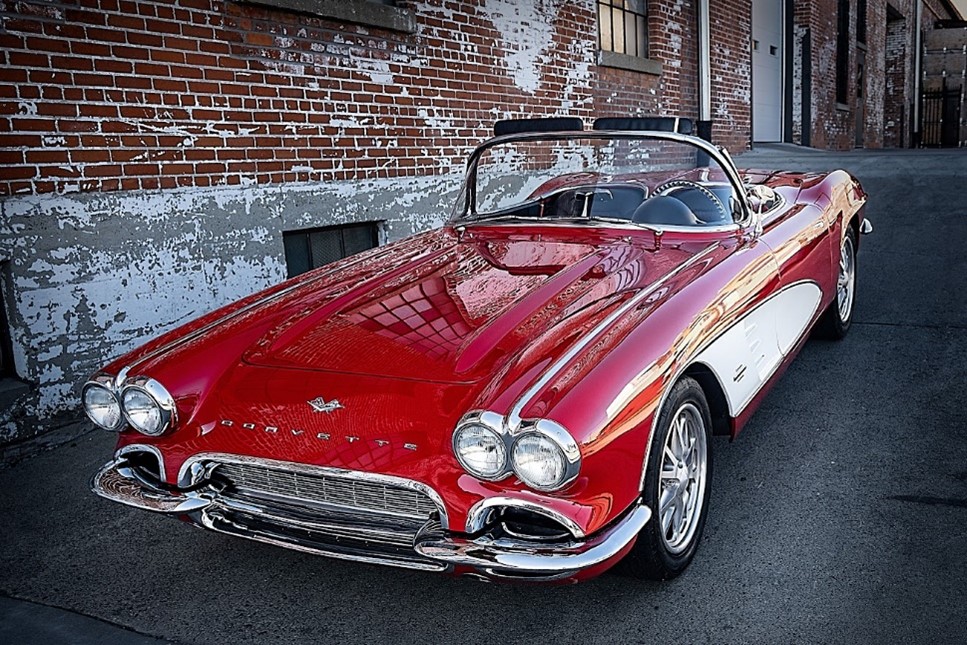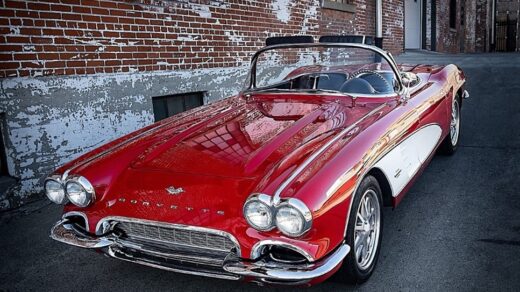
Embarking on a classic car restoration project is an exciting venture that requires not just skill and patience but also a strict adherence to safety protocols. The workshop, filled with tools, chemicals, and various machinery, is a space where passion meets precision, and where safety must always be the top priority. This post from Stuart Simonsen of Billings, MT, delves into the essential safety practices that should govern any classic car restoration workshop, ensuring that enthusiasts can enjoy their hobby while minimizing risks to themselves and others.
Personal Protective Equipment (PPE)
Eye Protection
Always wear safety glasses or goggles when working in the shop, especially during cutting, grinding, welding, or working with chemicals. Eye injuries are common but preventable with the right protection.
Hearing Protection
Prolonged exposure to noise from power tools and machinery can lead to hearing loss. Earplugs or earmuffs should be worn during noisy tasks to protect your hearing.
Respiratory Protection
Dust, fumes, and vapors are prevalent in restoration work, particularly during painting, welding, or working with solvents. A proper respirator, not just a dust mask, is essential for filtering out harmful particles and gases.
Hand and Skin Protection
Gloves are necessary to protect against cuts, burns, and chemical exposure. Use nitrile gloves when handling chemicals and heat-resistant gloves for welding. Additionally, barrier creams can provide an extra layer of protection for your skin.
Workshop Ventilation
Proper ventilation is crucial to dispel harmful dust, fumes, and vapors. Ensure your workspace is equipped with adequate exhaust systems, especially in painting or welding areas. Open doors and windows to allow fresh air circulation whenever possible.
Fire Safety
Fire Extinguishers
Keep fire extinguishers accessible and ensure they are suitable for electrical, chemical, and combustible fires. Regular checks and maintenance of extinguishers are essential.
Safe Storage
Store flammable liquids in approved, clearly labeled containers away from sources of ignition. Use safety cabinets for larger quantities.
No Smoking
Enforce a strict no-smoking policy within the workshop to prevent fire risks.
Tool and Equipment Safety
Regular Maintenance
Keep all tools and equipment well-maintained and in good working order. Regularly check for defects or wear and repair or replace as necessary.
Proper Use and Handling
Always use the right tool for the job and follow the manufacturer’s instructions for use, maintenance, and safety. Avoid taking shortcuts that compromise safety.
Electrical Safety
Ensure all electrical tools and equipment are properly grounded. Use GFCI (Ground Fault Circuit Interrupter) outlets in wet areas to prevent electrical shock.
Chemical Safety
Proper Storage
Store chemicals in their original containers with labels intact. Use secondary containment for hazardous chemicals to prevent spills.
Handling and Disposal
Always handle chemicals with care, using appropriate PPE and ventilation. Follow local regulations for the disposal of hazardous waste, including paints, solvents, and batteries.
Lifting and Handling
Restoration projects often involve moving heavy parts and equipment. Use proper lifting techniques, mechanical aids (like hoists or dollies), and seek assistance for heavier items to prevent back injuries and other musculoskeletal disorders.
First Aid and Emergency Procedures
Keep a well-stocked first aid kit in the workshop and ensure easy access to emergency contacts and procedures. Training in basic first aid and CPR is highly recommended for all workshop participants.
Continuous Education
Stay informed about the latest safety standards and practices in classic car restoration. Participating in workshops, training sessions, and staying connected with the restoration community can provide valuable insights into maintaining a safe working environment.
Safety in the classic car restoration workshop is paramount, ensuring that the process of bringing a piece of automotive history back to life is both enjoyable and secure. By adhering to these best practices, restorers can protect themselves, their projects, and their passion. Remember, a safe workshop is the foundation of any successful restoration project, allowing enthusiasts to focus on the craftsmanship and beauty of their classic cars without compromise.



